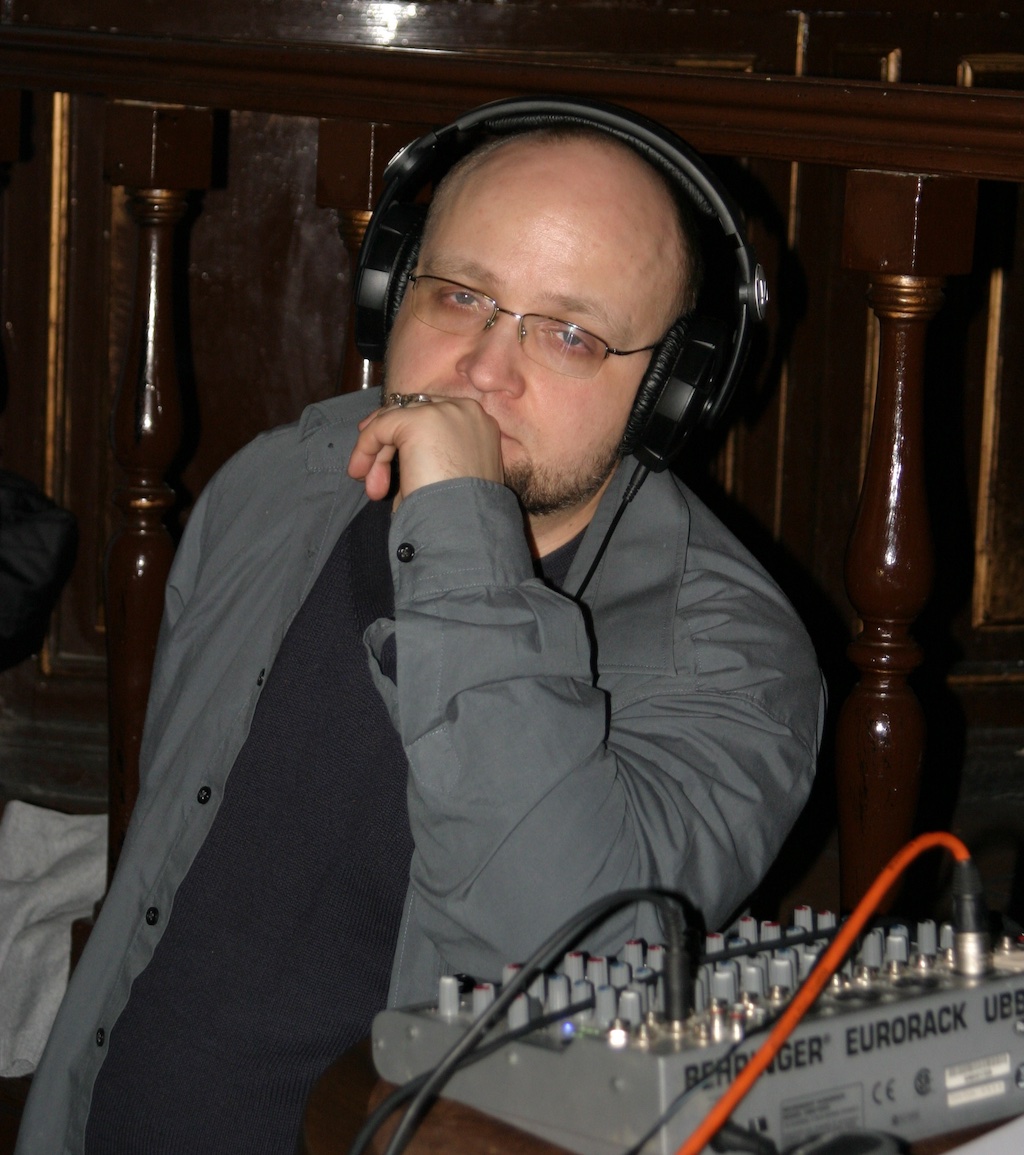SILENCE (OR NOT)! ROLLING (OR NOT)
It is traditional, and to some extent reasonable, to hear the pseudo-cinephile comment “I can’t understand anything Marlon Brando says” Or Mario Casas, to use two names that come to mind when you think of actors "who can never be understood when they speak". it is true that neither of them is a vocalization specialist, but at least in their respective careers they always worked with professional sound teams.
I am surprised (and, in a sense, excited) to see how today's short film maker has at their disposal all kinds of advanced technologies to shoot without any budget (pocket cameras, or simply mobile phones, that shoot in 4K, editing applications that you can use on a laptop, etc.). But, when it comes to recording sound, we commission it to our neighbor’s cousin, or to the one with a hangover, or we choose to use the direct sound that we have not bothered to configure in the camera. If we have actors on set with the diction of Brando or Casas, it is a perfect storm that guarantees that our short film... will be understood by no one.
Of course, is not only the short film makers that can be blamed. While it is perfectly possible to find all kinds of express workshops that teach you the rudiments of shooting with a team, or how to start understanding the basis of film photography, or what are the basics of editing and how to start using the most professional editing applications in a few weeks or months, the equivalent sound courses are always long (1 school year at least) or outright non-existent.
When it comes to short film, sound matters to very few people. And we forget that even if we work with actors with John Gielgud’s impeccable diction, if the sound is secondary in the film crew, he will not be understood either.
Víctor M. Muñóz
![]()
Compartilhar em Redes Sociais


